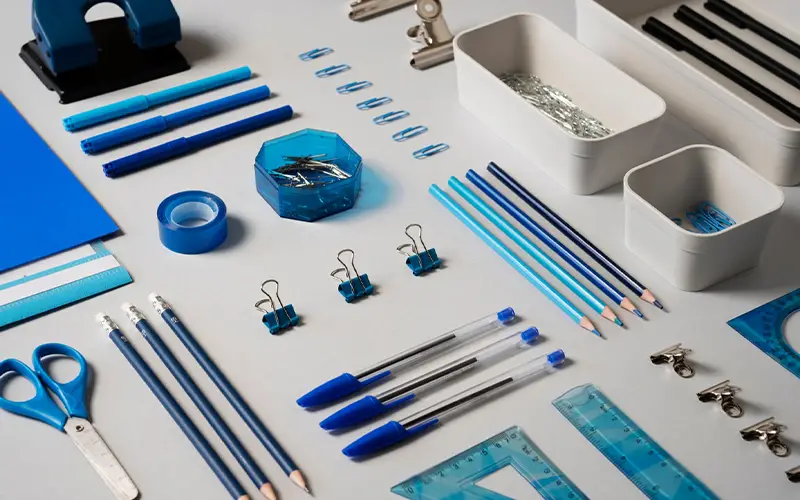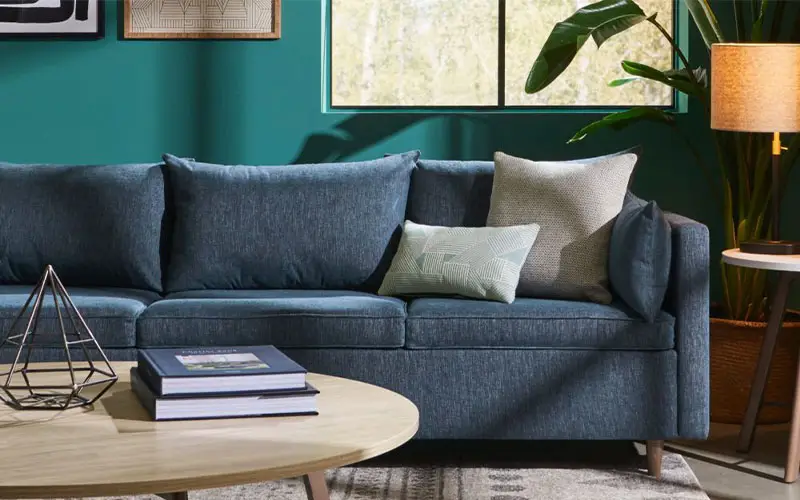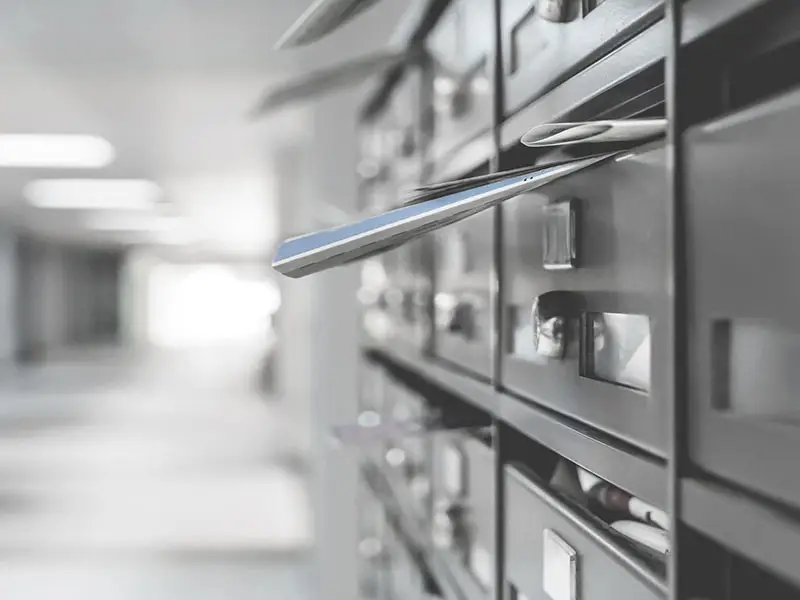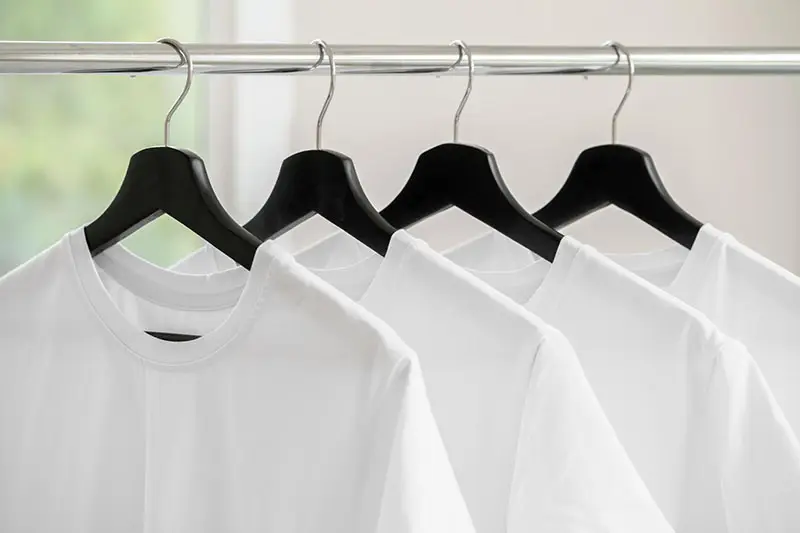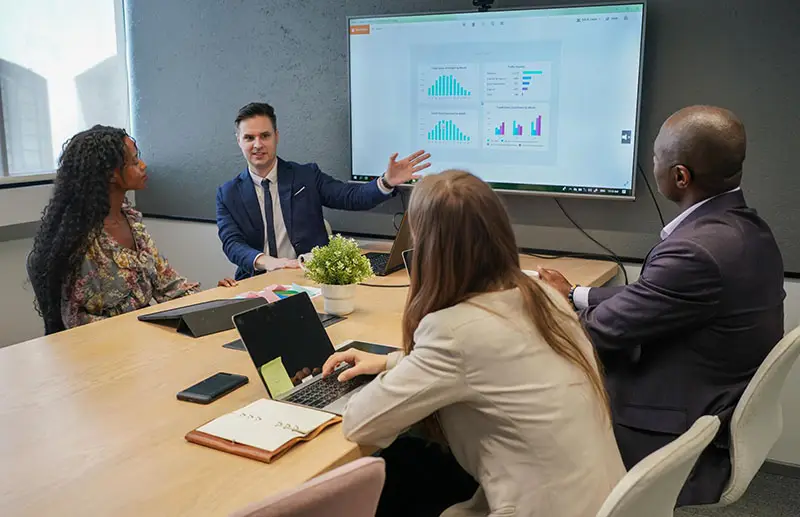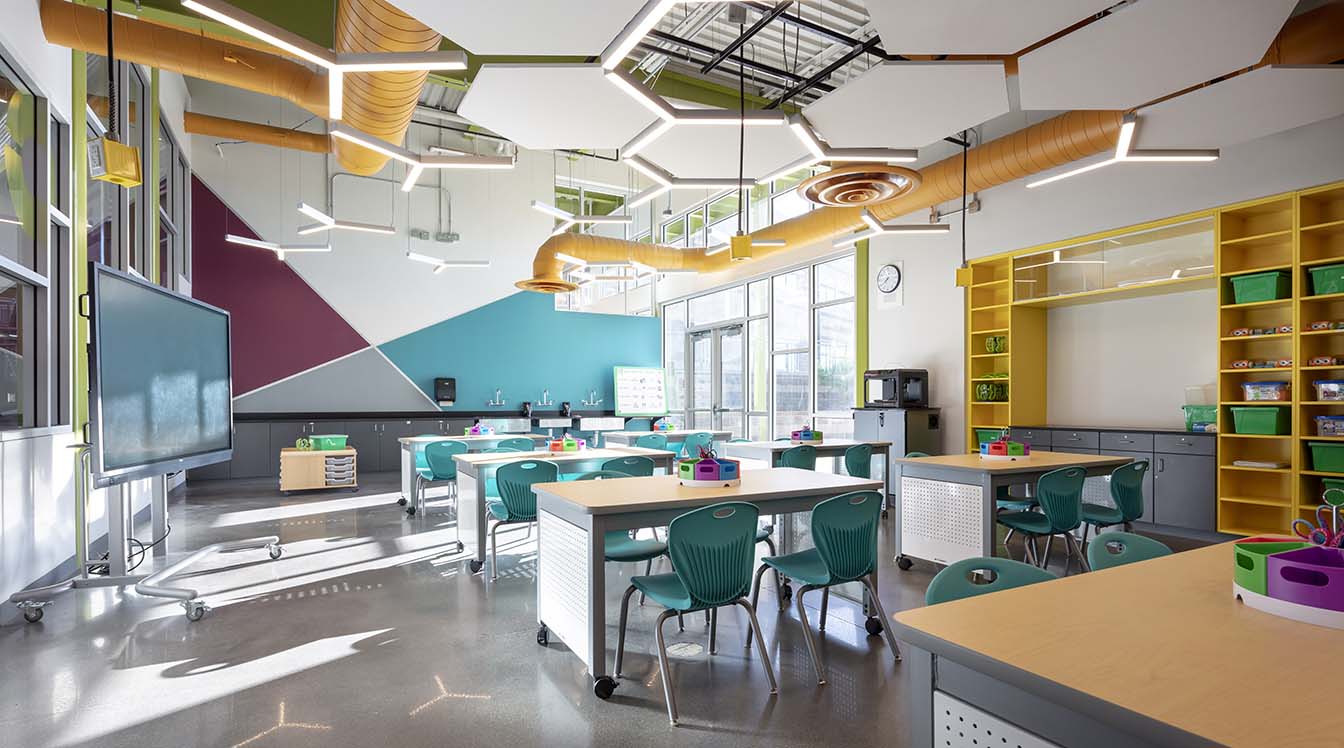

Classroom furniture has come a long way from the rigid, uncomfortable desks of the past. As education evolves, so does the environment in which students learn. Modern classrooms are designed to be dynamic, flexible, and conducive to various learning styles. Let's explore the history of classroom furniture, and the latest trends that are shaping the educational spaces of today.
The Traditional Classroom: Rows and Desks
For much of the 20th century, classroom furniture was standardized. Wooden desks with attached chairs were arranged in neat rows facing the teacher’s desk at the front of the room. This setup reflected the pedagogical approach of the time, which was heavily teacher-centered. The emphasis was on maintaining order and ensuring that all students could see and hear the teacher clearly. These desks often included a compartment underneath for books and supplies, but they offered little in terms of flexibility or comfort.
The Shift Toward Flexibility: 1970s to 1990s
In the latter half of the 20th century, educational philosophies began to shift. Progressive education movements emphasized the importance of student-centered learning and collaborative activities. This change in approach necessitated a corresponding change in classroom furniture. During this period, we began to see the introduction of tables that could be grouped together for cooperative learning, as well as chairs that were not attached to desks, allowing for more movement and reconfiguration of the classroom layout.
The Rise of Technology: 2000s
The early 2000s brought a significant technological revolution in education. Computers became a common feature in classrooms, and this required new types of furniture to accommodate them. Desks were designed with spaces for monitors and keyboards, and computer labs became a staple in schools. The need for electrical outlets and cable management also influenced the design of classroom furniture during this time.
The Modern Classroom: Flexibility and Adaptability
Today's classrooms are far from the rigid, uniform spaces of the past. Modern educational environments are designed with flexibility and adaptability in mind. Here are some of the key trends shaping classroom furniture today:
1. Modular Furniture
Modular furniture is a cornerstone of modern classroom design. Desks and tables are often designed to be easily rearranged into different configurations, supporting both individual and group work. This flexibility allows teachers to quickly and easily adapt the classroom layout to suit different activities and learning styles.
2. Ergonomics
There is a growing awareness of the importance of ergonomics in the classroom. Ergonomically designed chairs and desks help to ensure that students are comfortable and can maintain good posture throughout the day. Adjustable chairs and desks that can be tailored to the height and needs of individual students are becoming more common.
3. Collaborative Spaces
Collaboration is a key component of modern education. As such, many classrooms now feature dedicated collaborative spaces with furniture that supports group work. Soft seating areas, round tables, and whiteboard walls are all common features in these collaborative zones.
4. Technology Integration
As technology continues to play a central role in education, classroom furniture is being designed with tech integration in mind. This includes desks with built-in power outlets and USB ports, charging stations for devices, and furniture that supports the use of interactive whiteboards and other digital tools.
5. Sustainable Materials
Sustainability is an important consideration in modern classroom design. Furniture made from sustainable materials, such as recycled plastic and responsibly sourced wood, is becoming more popular. Additionally, manufacturers are focusing on creating durable, long-lasting furniture to reduce waste and the need for frequent replacements.
6. Flexible Seating Options
Flexible seating is a trend that is gaining traction in many schools. This approach allows students to choose from a variety of seating options, including standing desks, bean bags, floor cushions, and wobble stools. The goal is to create a more comfortable and engaging learning environment that caters to the diverse needs and preferences of students.
Looking Ahead: The Future of Classroom Furniture
As education continues to evolve, the future of classroom furniture is set to be even more exciting and innovative. Imagine classrooms where vibrant, flexible, and tech-savvy spaces create immersive and engaging learning experiences. The evolution of classroom furniture is not just about keeping up with educational trends; it's about fostering the future of learning itself.
 My Account
My Account
